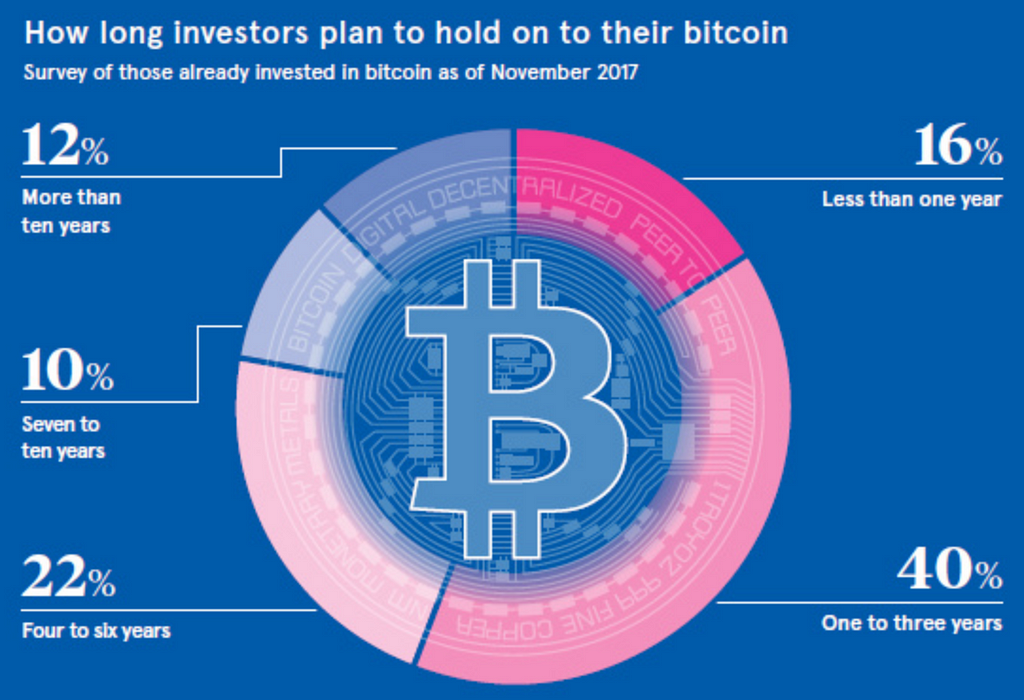Latest news about Bitcoin and all cryptocurrencies. Your daily crypto news habit.
The current regulatory headwinds suggest that Bitcoin’s ETF will become an approved asset class and will come online soon. It will certainly drive the currency’s price through the roof. However, is this what Satoshi envisioned for his creation?
Satoshi’s dream and our current reality are at an impasse. Satoshi wanted bitcoin to become the dominant e-currency the world over and at the rate that we are going, it is becoming highly probable that this dream has to overcome some traditional challenges.
Let’s first cover some basics.
The first line of Bitcoins white paper makes it very clear that bitcoin is to be used as a medium of exchange and for some a store of value.
A purely peer-to-peer version of electronic cash would allow online payments to be sent directly from one party to another without going through a financial institution. — Satoshi
With that said, Satoshi dealt with the same problems that we are all subject to, namely the “missing variable problem.”
Missing variables are things that either don’t occur to us or are simply things that we have to leave for fate to decide. In Satoshi’s case, I argue that he couldn’t have assigned such a high probability to Bitcoins success in the first place, much less it’s ultimate commoditization by big financial institutions.
What will the Bitcoin ETF bring?
ETF’s are big business and as of last year their market size was $3 trillion doll hairs. Their success mainly embodies ease of use, low trading fees and can be advantageous to tax weary investors.
The interest in an ETF developing amongst crypto enthusiasts can be assigned in large part to greed. I am not calling you greedy, but the premise is that ETFs will have a major impact on the price of BTC and will inadvertently make it a store of value rather than it’s original vision aka a medium of exchange.
BTC ETF will drive the price to the moon Leverage the Future with KryptoLoop’s Crowd Driven Crypto Predictions Market for smart traders.
Leverage the Future with KryptoLoop’s Crowd Driven Crypto Predictions Market for smart traders.
Bitcoin is capped at 21M total circulating supply. Right now there are 17.2 million mined coins. With 4M BTC lost or dormant, we really only have 13.2M available to trade. One other wrinkle is the Hodlers.
A recent survey of those already invested in bitcoin as of November of 2017 revealed that 40% are going to hodl between 1 and 3 years, while 44% plan on Hodling for longer than 4 years.
With supply being already low and demand rising, any economist can predict that BTC’s price is going to sky rocket. Yes I know this is a good thing for most of the Hodlers but it’s hard to see how BTC will be used as a medium of exchange.
The Bitcoin ETF consequences on Satoshi’s vission
ETFs are not bitcoin:
We are already short on bitcoin supply (given the lost tokens and ones that are being Hodled.
I’ve mentioned that making BTC ETF will drive the price up and while I cannot be upset with that notion (because I stand to increase my crypto portfolio), I can say that it will have an impact on bitcoin becoming a medium of exchange.
First the basics
When you buy an ETF, what you are actually doing is purchasing shares of a portfolio, which is designed to track the yield and return of its benchmark index. In this case, the portfolio company will acquire bitcoin and sell you a percent of their overall holdings.
In other words, you do not own the actual bitcoin and therefor cannot spend what you do not have. This is just one risk of buying an BTC ETF.
There are two other risks to briefly explain before you buy some BTC ETFs and not spend bitcoin the way that it was intended (I am sorry for the snarkyness).
- The counter party risk — If one of the parties involved in the scheme (i.e. sourcing the bitcoin for the portfolio manager) fails to deliver, the ETF will be out of balance and not in parity with the market rate. In other words, you are dependent upon management prowess, fund structure, chain of custody, operational integrity, regulatory oversight, and delivery protocols.
- The shaky bitcoin ecosystem — Custodians and sub-custodians, typically banks, are responsible for sourcing and storing the physical bitcoin associated with a BTC ETF. The question is, can custodian banks be trusted to 1) last as long as the Bitcoin in their vaults and 2) adequately safeguard their holdings?
What’s the recourse
BTC will undoubtably fork or we will have to rely on bitcoin cash as the medium of exchange because if BTC supply is locked up in institutional accounts and across the Hodlers, how can we build an economy that’s powered by crypto.
Word of Advice
Please consider the above points before buying into the hype. It’s not all that it is cracked up to be and while the price will sky rocket, ask yourself if this trajectory will bring Satoshi’s vision closer to reality or will bitcoin morph into something that Satoshi wouldn’t be able to recognize today? And, if you don’t care either way, at least buy the real Bitcoin.
I love you and thanks for reading.
My name is Igor but my friends call me Iggs (twitter link). I’ve taken an interest in BTC since it’s inception and still kick myself in the butt for not buying into it when my friend Alexei introduced the idea to me in 2013.
I own some now, however my contribution to the ecosystem is through the platform my team and I built, called KryptoLoop.com. It’s a place where smart traders get access to crowd sourced forecasts and trade recommendations in order to better their bottom line.
A few other articles of mine that have gotten thousands of reads for you to check out:
What is so special about Tim Draper’s BTC $250K prediction?Prediction markets are hot AF right now.
Bitcoin’s ETF is a double edged sword was originally published in Hacker Noon on Medium, where people are continuing the conversation by highlighting and responding to this story.
Disclaimer
The views and opinions expressed in this article are solely those of the authors and do not reflect the views of Bitcoin Insider. Every investment and trading move involves risk - this is especially true for cryptocurrencies given their volatility. We strongly advise our readers to conduct their own research when making a decision.

